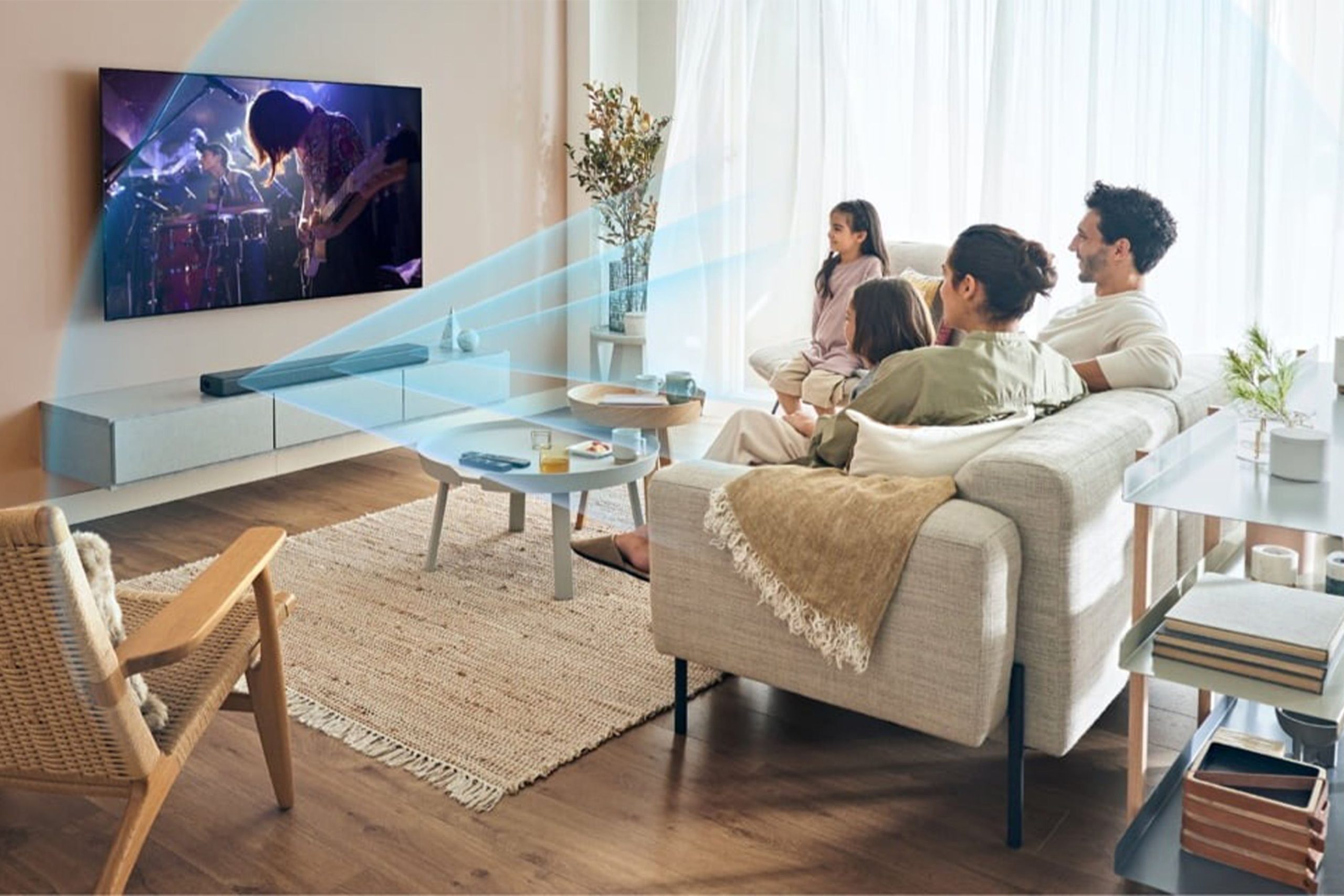Home theater systems bring the cinematic experience into the comfort of our homes, offering exceptional audio, stunning visuals, and immersive entertainment. Whether you’re a movie enthusiast or a gaming aficionado, a well-designed home theater system can elevate your viewing and gaming experiences to new heights. In this comprehensive guide, we will explore the key components of home theater systems, including audio technologies, display options, and immersive features, helping you create the ultimate entertainment setup that brings movies, games, and music to life.

1. Audio Technologies:
Superior audio is a crucial element of any home theater system. Consider the following audio technologies for an immersive sound experience:
a. Surround Sound: Surround sound systems create a three-dimensional audio environment by placing multiple speakers around the room. Common formats include 5.1 (five speakers and a subwoofer) and 7.1 (seven speakers and a subwoofer).
b. Dolby Atmos: Dolby Atmos takes surround sound to the next level by adding height channels, allowing sound to move dynamically around the room for a more realistic and immersive audio experience.
c. Soundbar Systems: Soundbars are compact speaker units that offer virtual surround sound, simulating a multi-speaker setup in a single device. They provide a space-saving solution while still delivering enhanced audio quality.
2. Display Options:
The display plays a vital role in delivering stunning visuals. Consider the following display options for your home theater system:
a. High-Definition (HD) and Ultra High-Definition (UHD): HD (1080p) and UHD (4K) resolutions provide sharp and detailed visuals. UHD displays offer four times the resolution of HD, delivering incredibly lifelike and vibrant images.
b. OLED and QLED: OLED and QLED technologies offer enhanced contrast, deep blacks, and vivid colors. OLED provides individually lit pixels for precise control, while QLED utilizes quantum dot technology for improved color accuracy and brightness.
c. Projectors: Projectors provide a large-scale cinematic experience by projecting images onto a screen or a wall. They offer flexibility in screen size and placement, allowing for a customizable viewing experience.
3. Immersive Features:
To enhance the immersion factor in your home theater system, consider the following features:
a. 3D Capability: Some home theater systems support 3D content, enabling you to enjoy movies and games with added depth and realism.
b. HDR (High Dynamic Range): HDR technology enhances contrast and color accuracy, resulting in more lifelike and vibrant visuals. Look for displays and content that support HDR formats like HDR10 and Dolby Vision.
c. Smart Integration: Smart home integration allows you to control your home theater system with voice commands or mobile apps. Connect your system to a smart hub or virtual assistant for seamless control and automation.
d. Comfortable Seating: Comfortable seating is essential for long movie marathons or gaming sessions. Consider investing in ergonomic chairs or plush sofas with built-in features like recliners and cup holders for a true theater experience.
Conclusion:
Building a comprehensive home theater system requires careful consideration of audio technologies, display options, and immersive features. Surround sound, Dolby Atmos, and soundbars provide immersive audio experiences. HD, UHD, OLED, QLED, and projectors offer impressive visual displays. Features like 3D capability, HDR, smart integration, and comfortable seating add to the overall immersion. Select components that suit your preferences, space, and budget, creating an entertainment setup that delivers exceptional audio, stunning visuals, and immersive experiences. With a well-designed home theater system, you can enjoy the magic of the big screen in the comfort of your
own home.